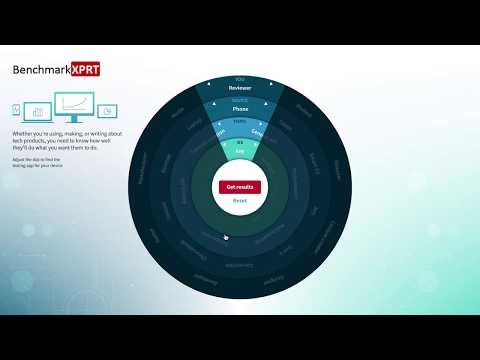Recently, we announced that we’re moving forward with the development of a new AI-focused WebXPRT 4 workload. It will be an auxiliary workload, which means that it will run as a separate, optional test, and it won’t affect existing WebXPRT 4 tests or scores. Although the inspiration for this new workload came from internal WebXPRT discussions—and, let’s face it, from the huge increase in importance of AI—we wanted to remind you that we’re always open to hearing your WebXPRT workload ideas. If you’d like to submit proposals for new workloads, you don’t have to follow a formal process. Just contact us, and we’ll start the conversation.
If you do decide to send us a workload proposal, it will be helpful to know the types of parameters that we keep in mind. Below, we discuss some of the key questions we ask when we evaluate new WebXPRT workload ideas.
Will it be relevant and interesting to real users, lab testers, and tech reviewers?
When considering a WebXPRT workload proposal, the first two criteria are simple: is it relevant in real life, and are people interested in the workload? We created WebXPRT to evaluate device performance using web-based tasks that consumers are likely to experience daily, so real-life relevance has always been an essential requirement for us throughout development. There are many technologies, functions, and use cases that we could test in a web environment, but only some are relevant to common applications or usage patterns and are likely to draw the interest of real users, lab testers, and technical reviewers.
Will it have cross-platform support?
Currently, WebXPRT runs on almost any web browser and almost every device that supports a web browser. We would like to keep that level of cross-platform support when we introduce new workloads. However, technical differences in how various browsers execute tasks make it challenging to include certain scenarios without undermining our cross-platform ideal. When considering any workload proposal, one of the first questions we ask is, “Will it work on all the major browsers and operating systems?”
There are special exceptions to this guideline. For instance, we’re still in the early days of browser-based AI, and it’s unlikely that a new browser-based AI workload will run on every major browser. If it’s a particularly compelling idea, such as the AI scenario we’re currently working on, we may consider including it as an auxiliary test.
Will it differentiate performance between different types of devices?
XPRT benchmarks provide users with accurate measures for evaluating how well target systems or technologies perform specific tasks. With a broadly targeted benchmark like WebXPRT, if the workloads are so heavy that most devices can’t handle them or so light that most devices complete them without being taxed, the results will be of little use for helping buyers evaluating systems and making purchasing decisions, OEM labs, and the tech press.
That’s why, with any new WebXPRT workload, we look for a sweet spot with respect to how computationally demanding it will be. We want it to run on a wide range of devices—from low-end devices that are several years old to brand-new high-end devices, and everything in between. We also want users to see a wide range of workload scores and resulting overall scores that accurately reflect the experiences those systems deliver, so they can easily grasp the different performance capabilities of the devices under test.
Will results be consistent and easily replicated?
Finally, WebXPRT workloads should produce scores that consistently fall within an acceptable margin of error and are easily replicated with additional testing or comparable gear. Some web technologies are very sensitive to uncontrollable or unpredictable variables, such as internet speed. A workload that measures one of those technologies would be unlikely to produce results that are consistent and easily replicated.
We hope this post will be useful if you’re thinking about potential new workloads that you’d like to see in WebXPRT. If you have any general thoughts about browser performance testing or specific workload ideas that you’d like us to consider, please let us know.
Justin













